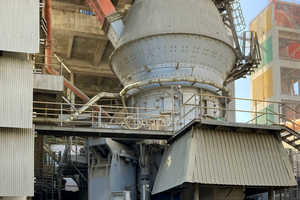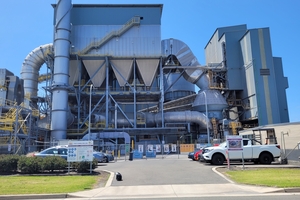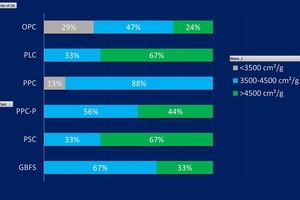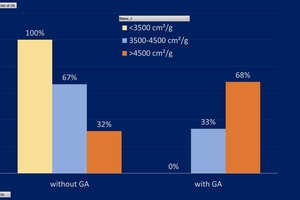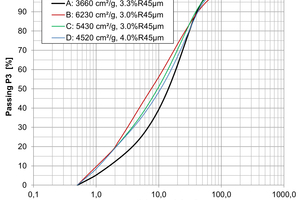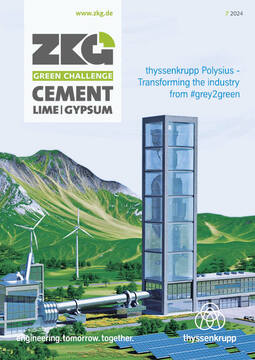REFERENCES
[1] Scrivener, K., Dekeukelare, A., et al.: Financial Attractiveness of LC3, https://lc3.ch/financial-
attractiveness-of-lc3/
attractiveness-of-lc3/
[2] IEA, Tracking Report Cement, November 2021, https://www.iea.org/reports/cement
[3] Prakasan, S., et. al., Study of Energy Use and CO2 emissions in the Manufacturing of Clinker and Cement, Journal of the institution of Engineers (India) Series A, Nov. 2019
[4] Harder, J.: Retrospective: Cement industry development, ZKG 2022, 04, pp. 38-45
[5] RAMANATHAN, S., et al.: ‘Mechanically activated mine tailings for use as supplementary cementitious materials’, RILEM Technical Letters, 2021. 6: pp. 61 – 69
[6] Irassar, E.F., et al., Calcined illite-chlorite shale as supplementary cementing material: Thermal treatment, grinding, color and pozzolanic activity. Applied Clay Science, 2019. 179: p. 105-143.
[7] Avet, F., Snellings, R., et al.: Development of a new rapid, relevant and reliable (R3) test method to evaluate the pozzolanic reactivity of calcined kaolinitic clays. Cement and Concrete Research. 85 (July 2016), pp. 1–11
[8] SNELLINGS, R., MERTENS, G., and , ELSEN, J., “Supplementary Cementitious Materials”, Reviews in Mineralogy and Geochemistry, 74 (2012), pp. 211–278.
[9] KASSAUTZKI, M., “Phonolith als puzzolanischer Zumahlstoff in der Zementindustrie“, ZKG (1983), pp. 688-692.

